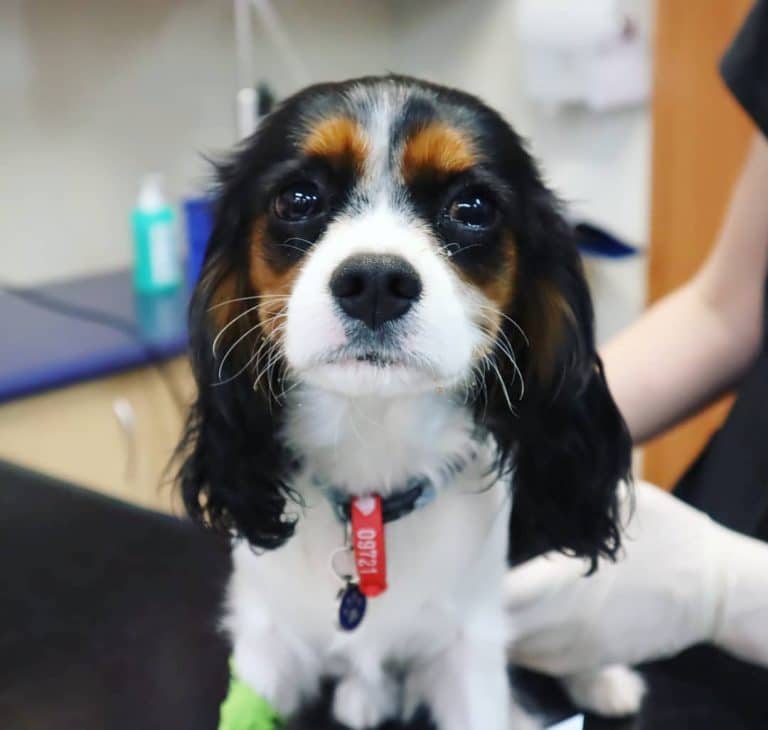Why Microchipping Your Pet is Important
While our beloved pets enjoy lounging on sofas and offering cuddles akin to a human companion, they often lack a critical ability that many of us take for granted—the skill to navigate their way back home when lost. The good news is that microchipping your pet can significantly increase the odds of a joyful reunion if they ever stray too far from home and are found by a veterinary clinic or animal shelter. But you might wonder, what exactly is a microchip and how does it work?
Understanding Pet Microchips
A pet microchip offers a secure and inexpensive solution for keeping track of your furry family member. Roughly the size of a grain of rice, the microchip is a tiny device encased in a glass capsule that contains a unique ID number detectable by a special scanner. This identification method is permanent, requiring no replacement or maintenance, and activates only in the presence of a scanner to safely transmit your pet’s ID number.
Implantation is straightforward and as minimally invasive as a standard vaccination, placed under the skin usually around the neck area. Once your pet is microchipped, your contact details are linked with the microchip’s number in a nationwide pet registry, enhancing the chances of your pet’s safe return if lost.
The Crucial Role of Microchips
Considering that one in three pets may get lost during their lifetime, a microchip is arguably the most reliable safety net for ensuring they can find their way back to you. Unlike collars and ID tags—which can break or become illegible over time—microchips provide a fail-safe identification method. Statistically, microchipped dogs and cats have significantly higher chances of being reunited with their owners compared to those without.
Take the story of Duke, a black and white domestic cat, as a testament to the microchip’s value. After eight weeks of anxious waiting, Duke’s owners were overjoyed to have him back, all thanks to the vital information stored on his microchip, which allowed a veterinary hospital to contact them directly.
Is Microchipping Mandatory?
In Western Australia, microchipping is not just a recommendation for cats and dogs; it’s a legal requirement, with penalties for non-compliance. However, the practice isn’t limited to just these pets; a wide range of animals, including birds, horses, reptiles, and even fish, can be microchipped.
Maintaining Up-to-Date Information
The effectiveness of a microchip is contingent upon the accuracy and currency of the contact information registered. With nearly 40% of microchips containing outdated or incorrect owner details, it’s critical to update your information following any significant changes, such as moving house or changing phone numbers. If unsure of your registry details, services like Pet Address can help you track down your pet’s microchip information for updates.

Duke was able to be reunited with his owners after missing for eight weeks because of his microchip
In Case Your Pet Goes Missing
If your pet disappears, having them microchipped can expedite their return. Veterinary hospitals, clinics, and shelters will scan for a microchip, enabling them to contact you immediately using the registered details. Furthermore, proactive steps like updating your pet’s microchip information and preparing lost pet posters can also assist in a swift reunion.
If your pet isn’t yet microchipped, or if you encounter a lost pet, reaching out to a local vet for microchip scanning is a crucial step towards ensuring pets and their families are reunited as quickly as possible.



